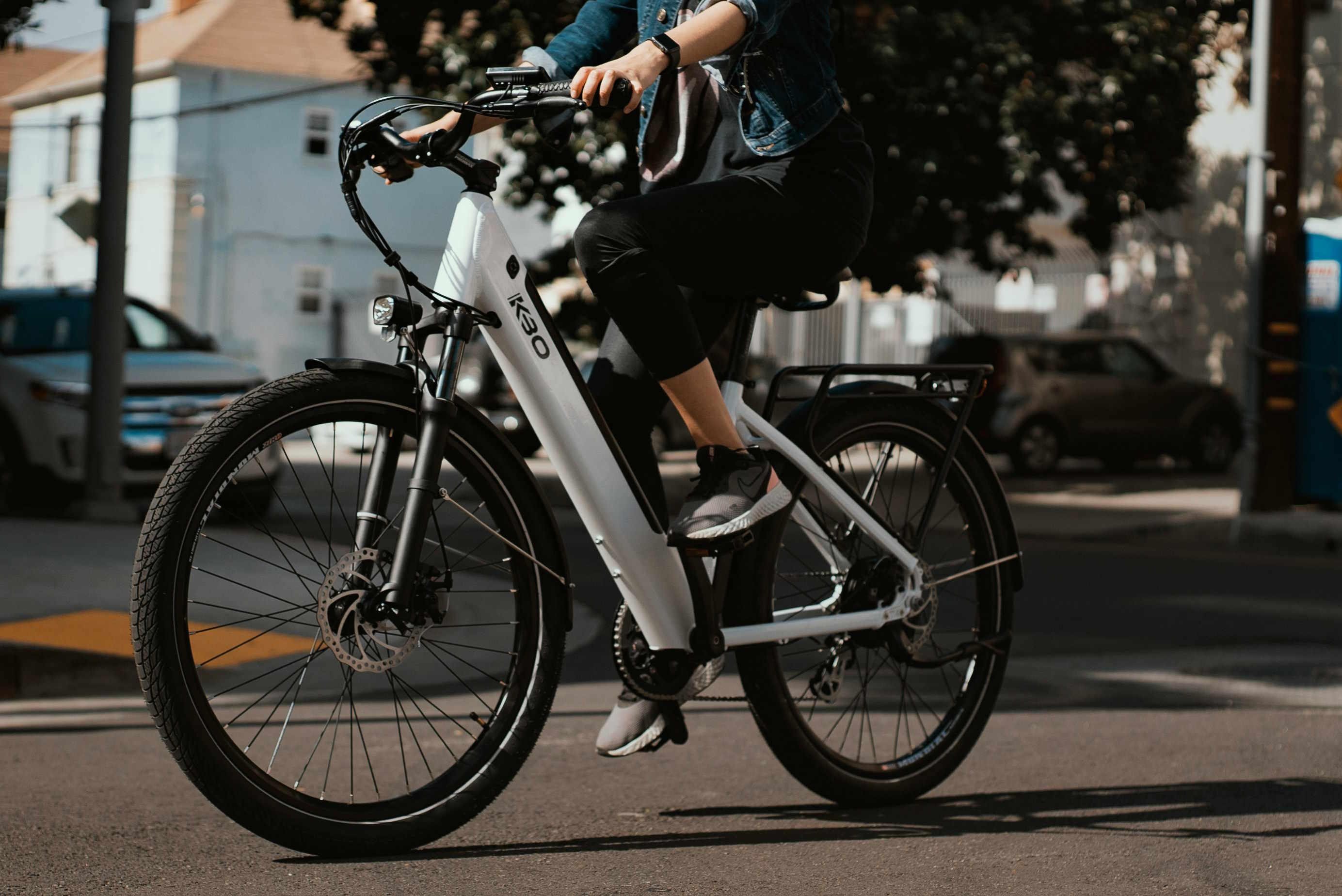Micromobility's Metamorphosis: Reshaping Urban Transit
In the ever-evolving landscape of urban transportation, a quiet revolution is taking place. Micromobility, once relegated to the fringes of transit options, has emerged as a powerful force reshaping how we navigate our cities. From electric scooters to shared bicycles, these nimble vehicles are transforming urban mobility patterns, challenging traditional transportation paradigms, and offering a glimpse into a more sustainable, efficient future. But what exactly is driving this shift, and how is it impacting our urban environments?
The roots of the modern micromobility movement can be traced back to bike-sharing programs in the mid-2000s. Cities like Paris and Barcelona pioneered large-scale public bike-sharing systems, demonstrating the potential of shared, human-powered transportation. However, it wasn’t until the advent of dockless systems and electric-assist technologies that micromobility truly began to flourish.
Technological Catalysts
Advancements in battery technology, GPS tracking, and mobile app development have been instrumental in micromobility’s recent surge. Lithium-ion batteries, the same technology powering smartphones and laptops, have become smaller, more efficient, and more affordable. This has enabled the creation of electric scooters and e-bikes that are both powerful and practical for urban use.
Simultaneously, the ubiquity of smartphones and the development of user-friendly apps have made it possible to locate, unlock, and pay for micromobility vehicles with just a few taps. This seamless integration of technology has dramatically lowered the barriers to entry for users, making micromobility an attractive option for short trips and last-mile connectivity.
Urban Planning and Infrastructure Adaptation
The proliferation of micromobility has forced cities to rethink their urban design and infrastructure. Many municipalities are now grappling with how to accommodate these new modes of transportation safely and efficiently. This has led to the development of dedicated bike lanes, scooter parking zones, and even micromobility-specific traffic signals in some forward-thinking cities.
Copenhagen, long known for its bicycle-friendly infrastructure, has become a model for micromobility integration. The city boasts over 385 kilometers of dedicated cycle tracks and lanes, demonstrating how urban planning can evolve to prioritize smaller, more sustainable modes of transport.
Environmental Impact and Sustainability
One of the most compelling arguments for micromobility is its potential to reduce carbon emissions and alleviate traffic congestion. A study by the International Transport Forum found that e-scooters produce about 20 grams of CO2 per kilometer traveled, compared to 120 grams for a passenger car. This significant reduction in emissions, coupled with the ability to ease traffic flow in congested urban areas, positions micromobility as a key player in the fight against climate change and urban pollution.
However, the environmental benefits of micromobility are not without caveats. The production and disposal of vehicles, particularly electric scooters with their lithium-ion batteries, raise concerns about lifecycle emissions and electronic waste. As the industry matures, addressing these sustainability challenges will be crucial to realizing the full environmental potential of micromobility.
Economic Implications and Business Models
The micromobility sector has attracted significant investment, with companies like Bird and Lime achieving unicorn status (valuations over $1 billion) in record time. This rapid growth has been fueled by a combination of venture capital funding and consumer demand, leading to the swift deployment of micromobility fleets in cities worldwide.
However, the industry faces challenges in achieving profitability and long-term sustainability. High vehicle replacement costs, regulatory hurdles, and the need for frequent recharging and redistribution have put pressure on operators’ bottom lines. As a result, we’re seeing a shift towards more robust vehicles, improved operational efficiency, and diversified revenue streams, including partnerships with cities and integration with public transit systems.
Social Equity and Accessibility
Micromobility has the potential to democratize urban transportation, providing affordable and accessible options for short trips. This is particularly important for low-income communities and areas underserved by traditional public transit. However, concerns about equitable access persist, particularly regarding the digital divide and the concentration of services in affluent urban cores.
Some cities and companies are addressing these issues through targeted deployment in underserved areas, reduced fares for low-income users, and partnerships with community organizations. For example, the city of Detroit has worked with micromobility providers to ensure that a percentage of scooters are deployed in neighborhoods outside the downtown core, promoting more equitable access across the city.
Regulatory Challenges and Safety Concerns
The rapid proliferation of micromobility services has often outpaced regulatory frameworks, leading to conflicts with city officials and concerns about public safety. Issues such as sidewalk clutter, irresponsible riding, and accidents involving pedestrians have prompted cities to implement stricter regulations and licensing requirements for operators.
Safety remains a primary concern, with studies showing higher injury rates for e-scooter users compared to other modes of transportation. This has led to calls for improved vehicle design, mandatory helmet use, and enhanced rider education. As the industry matures, addressing these safety concerns will be crucial for widespread adoption and public acceptance.
The Future of Urban Mobility
As we look to the future, micromobility is poised to play an increasingly important role in urban transportation ecosystems. Integration with public transit, the development of mobility-as-a-service platforms, and advancements in vehicle design and battery technology will likely drive further innovation in the sector.
The COVID-19 pandemic has accelerated many of these trends, with cities worldwide embracing micromobility as a socially distanced alternative to crowded public transit. This shift has led to the rapid expansion of bike lanes and pedestrian-friendly infrastructure, potentially reshaping urban landscapes for years to come.
In conclusion, micromobility’s metamorphosis represents a fundamental shift in how we think about urban transportation. By offering flexible, sustainable, and efficient alternatives to traditional modes of transit, micromobility is not just changing how we move through our cities – it’s changing the very fabric of urban life itself. As we navigate the challenges and opportunities presented by this revolution, one thing is clear: the future of urban mobility is small, electric, and shared.





